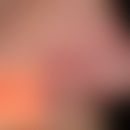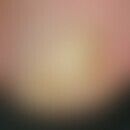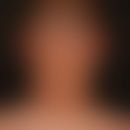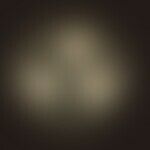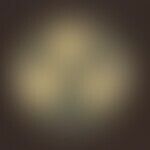HistoryThis section has been translated automatically.
de Beurmann, Gougerot and Vaucher, 1909; Ota, 1926
General definitionThis section has been translated automatically.
Human pathogenic yeast fungus (shoot). Spread as saprophyte and contaminant in water, soil and food (fruit). Very strong ability to assimilate to a variety of different substrates. Occasionally used in sewage treatment plants for waste water treatment. Spread often through infected clothing.
You might also be interested in
Occurrence/EpidemiologyThis section has been translated automatically.
Worldwide spread. Often found near humans or in animal warm-blooded animals.
ClinicThis section has been translated automatically.
- Soft, slimy, easily detachable, white-green to slightly brownish knots, especially on the pubic and beard hairs which surround the hair shaft. More rarely, capillitium, eyebrows and eyelashes are affected. The hairs break easily in the area of the knots; the distal ends of the fractures appear distended. No infestation of the surrounding integument. Typical picture of Trichomycosis nodularis ( white piedra).
- Frequent infestation of finger and toe nails in mixed infections together with dermatophytes. S.u. Tinea unguium.
MicroscopyThis section has been translated automatically.
- Mycelium and pseudomycelium: Often disintegrated into angular arthrospores and blastospores, length: 2-8 μm; width: 2-4 μm.
- Blastospores: Mostly arranged in chains, may be missing in older cultures.
- Hyphae and pseudohyphae: Well developed, numerous, strongly septated (mostly barrel-shaped pores in the septum).
- Unicellular, multiform blastoconidia.
LiteratureThis section has been translated automatically.
- Chang SE et al (2003) A case of Trichosporon cutaneum folliculitis and septicaemia. Clin Exp Dermatol 28: 37-38
- Gokahmetoglu S et al (2002) Case reports. Isolation of two Trichosporon cutaneum strains from urine. Mycoses 45: 132-134
- Mayser P et al (1996) Fungi of the Trichosporon genus. Identification, epidemiology and significance of dermatologic disease pictures. Dermatologist 47: 913-920
- Nakagawa T et al (2000) Trichosporon cutaneum (Trichosporon asahii) infection mimicking hand eczema in a patient with leukemia. J Am Acad Dermatol 42: 929-931
Disclaimer
Please ask your physician for a reliable diagnosis. This website is only meant as a reference.
